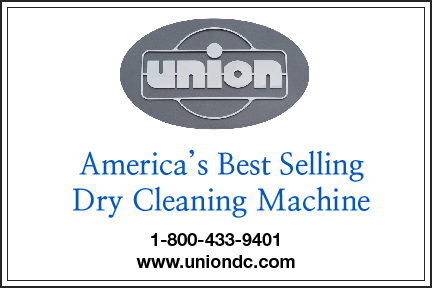The move will allow the Environmental Protection Agency to curb the use of 1-bromopropane, a powerful dry-cleaning solvent linked to cancer

By one.
The Environmental Protection Agency’s decision to add a powerful dry-cleaning solvent, 1-bromopropane, to its list of hazardous air pollutants was long overdue, environmentalists and industry officials say. Researchers, bureaucrats and even many chemical makers have viewed it for years as a dangerous airborne pollutant suspected to damage nerves and cause cancer.
Yet it took a decade of prodding to prompt EPA officials to register it as a hazardous air toxic. The final rule was announced in a notice published in the Federal Register on Wednesday. The designation allows the agency to set limits on emissions of the solvent, valued by dry cleaners, auto shops and other businesses for its ability to treat dirty fabrics and greasy metal parts.
“Putting it on the list was supposed to be easy,” said Adam M. Finkel, who used to direct the health standards programs at the Occupational Safety and Health Administration and warned of the dangers of 1-bromopropane 20 years ago.
“I hate the term no-brainer, but this is a no-brainer,” he added. “It’s a toxic air pollutant, so it belongs on the list of toxic air pollutants.”
Congress established the original roster of more than 180 hazardous air pollutants when it strengthened the Clean Air Act, the nation’s linchpin law protecting Americans’ lungs, more than 30 years ago. Lawmakers granted the EPA broad authority to add any chemical to the list — which includes asbestos, mercury and lead — if it is “reasonably” anticipated to harm humans or the environment.
Yet for decades, the agency never used that power. Instead, the use of 1-bromopropane grew as regulators tightened safety limits for other compounds. By 2011, the state of New York joined with an industry group, the Halogenated Solvents Industry Alliance, to petition the EPA to add the chemical to its list of hazardous pollutants.
The agency was supposed to make a decision within 18 months. But the delays spanned three presidencies.
Officials at the American Chemistry Council, the chemical industry’s main lobbying arm in Washington, said they remain leery because the EPA has not yet said how it will curb the pollutant.
“Our primary concern is that EPA listed 1-bromopropane as a hazardous air pollutant before figuring out how it should be integrated into existing regulatory programs,” said Jennifer Garfinkel, the group’s director of product communications.
The EPA is planning to propose a “regulatory infrastructure” for adding the chemical to the hazardous pollutant list this year, EPA spokesman Nick Conger said. It aims to finalize that rule by early 2023, he added.

